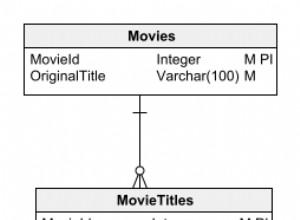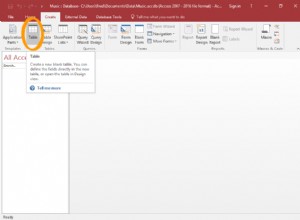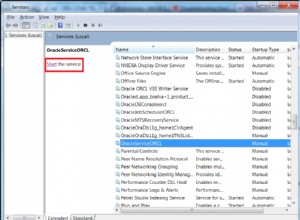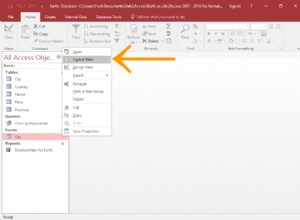Per prima cosa, correggi il modello in modo che le raccolte abbiano nomi plurali e gli oggetti siano singoli, altrimenti il tuo codice diventerà molto confuso:
building.cs
public List<Battery> Batteries { get; set; }
battery.cs
public long BuildingId { get; set; }
public Building Building { get; set; }
public List<Column> Columns { get; set; }
column.cs
public long BatteryId { get; set; }
public Battery Battery { get; set; }
public List<Elevator> Elevators { get; set; }
elevator.cs
public long ColumnId { get; set; }
public Column Columns { get; set; }
Ora aggiungiamo altre proprietà al modello in modo che possa parlarci degli interventi:
building.cs
public List<Battery> Batteries { get; set; }
[NotMapped]
public bool IsInIntervention => this.Status == "Intervention" || Batteries.Any(b => b.IsInIntervention);
battery.cs
public long BuildingId { get; set; }
public Building Building { get; set; }
public List<Column> Columns { get; set; }
[NotMapped]
public bool IsInIntervention => this.Status == "Intervention" || Columns.Any(c => c.IsInIntervention);
column.cs
public long BatteryId { get; set; }
public Battery Battery { get; set; }
public List<Elevator> Elevators { get; set; }
[NotMapped]
public bool IsInIntervention => this.Status == "Intervention" || Elevators.Any(e => e.IsInIntervention);
elevator.cs
public long ColumnId { get; set; }
public Column Column { get; set; }
[NotMapped]
public bool IsInIntervention => this.Status == "Intervention";
Ora puoi semplicemente chiedere a un edificio se è IsInIntervention e ti risponderà di sì se lo è o se lo è qualcosa che possiede
Nota:se il modello non è stato caricato con entità, potrebbe essere necessario utilizzare un trucco come questo:EF Core linq e conditional include and theninclude problem per caricarli condizionalmente




